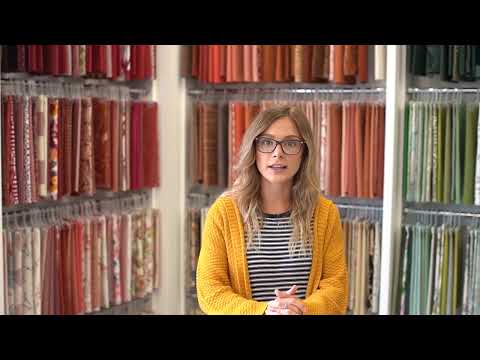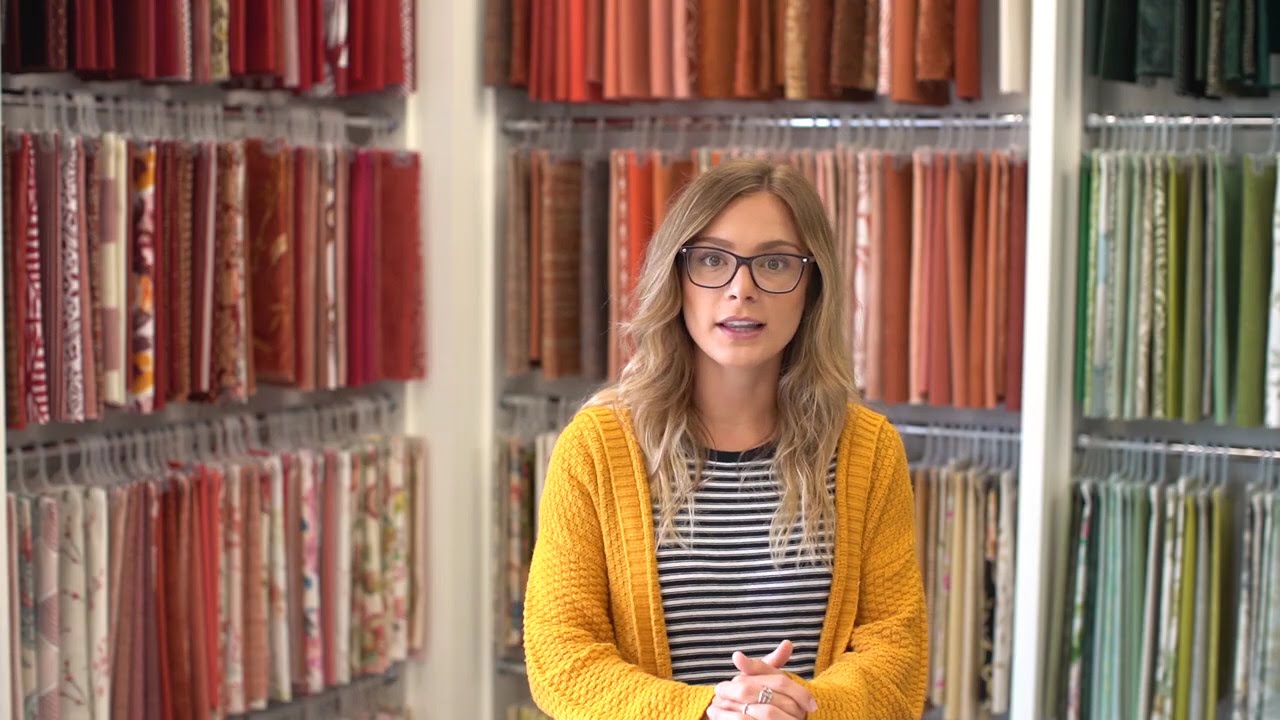Jacquard fabrics are the epitome of exquisite craftsmanship and timeless elegance. With their intricate weave and luxurious texture, these fabrics are guaranteed to captivate any discerning individual. Each thread is meticulously woven to create stunning patterns and designs that are both visually striking and touchably soft. Whether adorning upholstery, curtains, or clothing, jacquard fabrics effortlessly elevate any space or outfit. The intricacy of the weave allows for endless possibilities, from delicate floral motifs to bold geometric shapes, ensuring that there is a jacquard fabric to suit every style and preference. The attention to detail and exceptional quality of these fabrics make them a staple in high-end fashion and interior design. Moreover, jacquard fabrics are renowned for their durability, making them an investment that will stand the test of time. So, if you are searching for a way to add a touch of sophistication and luxury to your surroundings, look no further than the remarkable beauty of jacquard fabrics. Indulge in their exquisite craftsmanship and experience the allure they bring to any space or ensemble.

The Beauty and Versatility of Jacquard Fabrics
Jacquard fabrics have long been admired for their intricate patterns, luxurious feel, and timeless appeal. Named after Joseph Marie Jacquard, the French weaver who invented the Jacquard loom in the early 19th century, these fabrics continue to be sought after for their unique texture and ornate designs. Whether used in fashion or interior design, jacquard fabrics add an element of elegance and sophistication to any project.
A Brief History
The development of jacquard fabrics revolutionized the textile industry. Prior to Jacquard's invention, complex patterns were created by hand, making them time-consuming and expensive to produce. The Jacquard loom, equipped with a series of punched cards, automated the weaving process, allowing for the creation of intricate designs with ease.
Initially used for silk weaving, jacquard fabrics quickly gained popularity and were eventually produced using a variety of fibers, including cotton, wool, and synthetic materials. Today, jacquard looms are computerized, further enhancing the precision and complexity of the patterns that can be created.
The Production Process
Jacquard fabrics are characterized by their intricately woven patterns, which are achieved through a combination of different colored threads. The weaving process begins with the creation of a pattern design, which is then translated into a series of punched cards or digital instructions. These instructions are fed into the jacquard loom, which controls the movement of the warp and weft threads.
As the loom weaves the fabric, it raises and lowers individual warp threads, allowing the weft threads to pass through. By selectively raising and lowering different warp threads, the loom creates the desired pattern. The use of multiple colored threads adds depth and dimension to the design, resulting in a visually stunning fabric.
Endless Design Possibilities
Jacquard fabrics offer an endless array of design possibilities. From delicate floral patterns to bold geometric motifs, jacquard fabrics can be customized to suit any aesthetic. The intricate details and varied textures create a sense of depth and richness, making jacquard fabrics ideal for statement pieces and accentuating the overall design of a space.
Moreover, jacquard fabrics can be produced in a wide range of colors and finishes. Metallic threads can be incorporated to add a touch of glamour, while matte finishes create a more understated elegance. The versatility of jacquard fabrics allows designers to create unique and personalized pieces that truly stand out.
Applications in Fashion and Interior Design
Jacquard fabrics have found their way into both fashion and interior design, thanks to their luxurious appearance and durability. In fashion, jacquard fabrics are often used for eveningwear, formal attire, and accessories such as handbags and shoes. The intricate patterns and rich textures add a touch of opulence to any outfit, making jacquard a favorite among designers.
In interior design, jacquard fabrics are commonly used for upholstery, curtains, and decorative pillows. The intricate patterns and luxurious feel of jacquard fabrics instantly elevate the look and feel of a space, creating a sense of elegance and sophistication. Whether used in traditional or modern interiors, jacquard fabrics never fail to make a statement.
Caring for Jacquard Fabrics
Jacquard fabrics require proper care to ensure their longevity. It is recommended to follow the care instructions provided by the manufacturer, as different fibers and finishes may have specific requirements. However, as a general guideline, jacquard fabrics should be gently hand washed or dry cleaned to preserve their intricate patterns and prevent damage.
When storing jacquard fabrics, it is advisable to roll them instead of folding to avoid creasing and distortion of the pattern. Additionally, jacquard fabrics should be kept away from direct sunlight to prevent fading.
In conclusion, jacquard fabrics are a testament to the ingenuity and artistry of the textile industry. With their intricate patterns, luxurious feel, and endless design possibilities, jacquard fabrics continue to be a sought-after choice for fashion and interior design. Whether used for statement pieces or to add a touch of elegance to a space, jacquard fabrics are sure to captivate and inspire.
Unraveling the Enchantment of Jacquard Fabrics
Video Source : Anna Elisabeth & Greenhouse Fabrics
List of Jacquard Fabrics:
Jacquard Fabrics
Jacquard fabrics are a type of intricately woven textile known for their rich patterns and luxurious feel. Named after Joseph-Marie Jacquard, the French inventor who revolutionized the weaving process with his invention of the Jacquard loom, these fabrics are highly sought after in the world of fashion and interior design.
| Characteristics | Advantages | Disadvantages |
|---|---|---|
| Jacquard Weave | – Complex patterns and designs can be created – Versatile and can be used for various applications – Adds a touch of elegance and sophistication to any space or garment |
– Time-consuming and labor-intensive production process – Higher cost compared to other fabrics – Requires special care in cleaning and maintenance |
| High Durability | – Jacquard fabrics are known for their exceptional strength and durability – Suitable for upholstery and heavy-duty applications – Resistant to wear and tear over time |
– Can be stiff and less comfortable compared to other fabrics – Limited stretch and flexibility |
| Design Options | – Wide range of patterns, from intricate floral motifs to geometric designs – Can incorporate multiple colors and textures – Provides endless creative possibilities for designers and artisans |
– Limited availability of ready-made designs – Custom designs may require additional lead time and cost |
| Luxurious Feel | – Soft and smooth texture – Often made from high-quality fibers such as silk or cotton – Enhances the overall aesthetic appeal of garments and home decor items |
– Requires delicate handling and care to maintain its luxurious feel – Some jacquard fabrics may be less breathable compared to other textiles |
Whether used in upholstery, curtains, clothing, or accessories, jacquard fabrics continue to captivate with their intricate designs and timeless elegance. Their ability to transform any space or garment into a work of art is what sets them apart from other textiles, making them a favorite choice among discerning individuals who appreciate craftsmanship and attention to detail.

